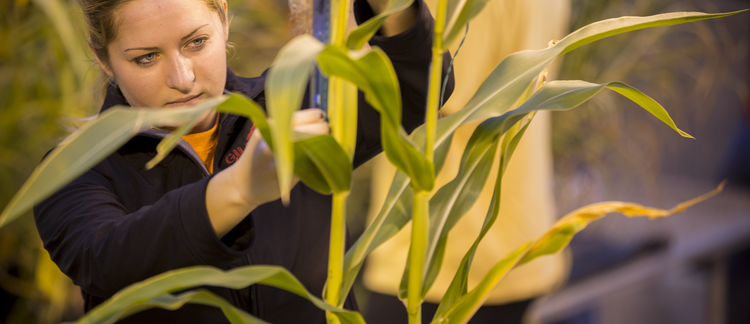Abstract
No-till management results in little or no incorporation of crop residues and fertilizer into the soil. The residue cover increases soil moisture and root efficiency in the summer, but results in colder soil in early spring. Because both phosphorus (P) and potassium (K) have little mobility in soils, no-tillage causes P and K accumulation in the top few inches of soil. In these conditions, subsurface banding of P and K fertilizers could be more effective than broadcast fertilization in some soil types and climates. Therefore, a long-term study was conducted from 1994 to 2018 at the ISU Northwest Research Farm, Sutherland, Iowa, to evaluate P and K fertilizer placement methods for corn-soybean rotations managed with no-till or chisel-plow/disk tillage.
How to Cite:
Mallarino, A. P., Thompson, L. B., Siever, J. & Tuttle, T., (2020) “Long-Term Phosphorus and Potassium Placement Methods and Application Rates for Corn and Soybean Managed with No-Tillage and Tillage”, Iowa State University Research and Demonstration Farms Progress Reports 2019(1).
Downloads:
Download PDF
View PDF

